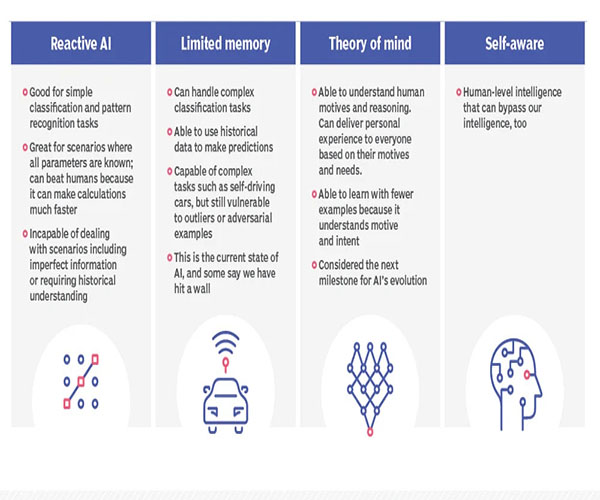Since, communication has relied on email, SMS, social media, and other online services that provide us with information, messages, and ads.
Digital age is coming; these methods are becoming more one-dimensional and less effective for interpersonal communication and workplace efficiency.
The key uses for AI in unified communications is to increase productivity and simplify processes. By training machines, AI can relieve the burden of certain trivial, or repetitive tasks, and allow teams to concentrate on more important responsibilities. AI has already made its mark on communication with voice assistants like Siri and Alexa and is now shaping the future of UC&C. With language processing capabilities, data contextualization, and the ability to offer deep insights into customer experience, AI is helping to rapidly improve communication – and therefore workplace efficiency.
Unified Communications and Collaboration will be transformed by catboats and virtual assistants, speech analysis, transcription, meeting summaries, biometrics, and contextual AI.
It also enables the systems to:
- Create knowledge by picking up patterns and features of data in context and gain a richer understanding of a situation. In effect, it enables your AI system to learn without being supervised.
- Transfer or exchange knowledge by taking what it learned from one context and applying it to another for better performance.
- Problem-solving by learning from each interaction to determine what the end-user really needs in real time.
Source: IR technology news



